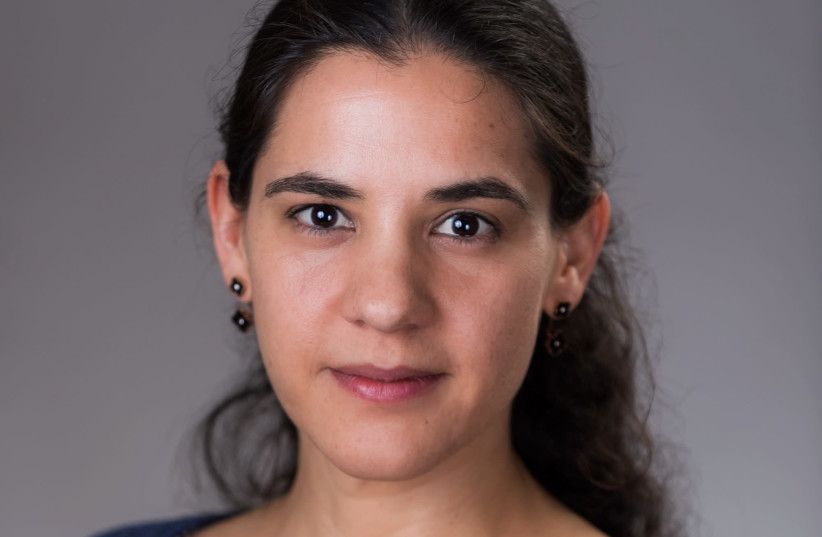The question cryogenics raises is, can we freeze and then recover consciousness itself as opposed to simply saving imprints of a person’s memories as an AI?



Delaying, Detecting, Preventing and Treating Aging And Associated Diseases — Dr. Brian Kennedy, Ph.D., National University of Singapore.
Dr. Brian Kennedy is Distinguished Professor, Department of Biochemistry and Physiology, Yong Loo Lin School of Medicine, National University of Singapore (NUS), Director of National University Health System (NUHS) Centre for Healthy Ageing, Singapore, Professor, Buck Institute for Research on Ageing, Adjunct Professor, Leonard Davis School of Gerontology, USC, and Affiliate Faculty, Department of Biochemistry, University of Washington.
With a Ph.D. in Biology from Massachusetts Institute of Technology (MIT), research in the Kennedy lab is directed at understanding the biology of ageing and translating research discoveries into new ways of delaying, detecting, preventing and treating human ageing and associated diseases.
Current research projects in Dr. Kennedy’s lab include systems biology strategies to understand ageing and murine longevity studies and disease models.
Dr. Kennedy has published over 80 manuscripts in prestigious journals including Cell, Nature, Science, Genes & Development, and PNAS and serves as a Co-Editor-In-Chief at Aging Cell.
You hear so much about the wonders of coffee, that I decided it was time to even the score.
Tea Is Fantastic.
I for one, am a massive fan of the humble cuppa, but now there seems to be method to my madness after all.
Whatever the type, it seems there are benefits galore.
So what are you waiting for…?
Put the kettle on!!
And if you want to find out more about how important sleep really is, why not check out this video next…

Let us imagine that we are able to reverse aging damage so that someone is 65 or older has the same amount of aging as someone who is 65. This means for an average American man, then half of those people will still be dead by the time they have reached 95 years of age. This is because 1.6% of them are dying every year in the 65-year-old condition. Also, only 80% of them have survived from birth to the age of 65.
Asian American women in New Jersey live to a life expectancy of 93. Half of them reach the age of 93. Antiaging that reverses the aging damage every year for men so that they never get worse physically than when they are 65, get them to a life expectancy that is just beyond what Asian American women in New Jersey already achieve.

Here’s my latest video (audio issues fixed!):
Papers referenced in the video:
Bacteria Boost Mammalian Host NAD Metabolism by Engaging the Deamidated Biosynthesis Pathway:
https://pubmed.ncbi.nlm.nih.gov/32130883/
CD38 Dictates Age-Related NAD Decline and Mitochondrial Dysfunction through an SIRT3-Dependent Mechanism:
https://pubmed.ncbi.nlm.nih.gov/27304511/
Aerobic and resistance exercise training reverses age-dependent decline in NAD + salvage capacity in human skeletal muscle:
Extract from a conversation that María Blasco, Director of the Spanish National Cancer Research Center (CNIO for its acronym in Spanish) had with Mario Alonso Puig during the celebration of the South Summit 2020.
In this segment María Blasco refers to aging, cancer, telomerase, and life extension. The conversation is in English and I added subtitles in Spanish.
I find the message particularly important because Dr. María Blasco refers again (she already did it in a scientific paper) to the fact that, contrary to what she herself would have expected and was a concern within the scientific community, inducing the production of Telomerase in mice, besides from lengthening significantly their healthspan and lifespan, not only it did not cause Cancer but quite the opposite, reduced or even eliminated the occurrence of it.
Bees, termites, and ants can teach us a lot about cooperation, communication, and the skills that keep societies together. But these so-called social insects may also hold secrets that could reshape our understanding of human aging. Many social insects exhibit surprising aging characteristics that cause their life spans to shift depending on their roles. Following the death of a queen Indian jumping ant, for example, workers fight for the right to transform into an egg-laying ant. Much is at stake: the life expectancy of an egg-layer is five times longer than that of a worker’s. Though fruit flies, mice, and nematodes currently dominate aging research, some scientists say social insects’ aging behaviors could help dissect aging mechanisms in humans. This video will take you deep into the catacombs—er, honeycombs—of insect aging.
Read the story ($): https://scim.ag/3cFO0k0
Dr Joan Mannick, Head of Research and Development at Life Biosciences, discusses the #geroscience approach in disease treatment and the exciting work being done at Life Biosciences.
#Ageing is the greatest risk factor for almost every chronic disease. Multiple studies have shown that ageing is a modifiable risk factor that can be targeted therapeutically.
In this week’s #HealthyLongevity #webinar session, Dr Joan Mannick, Head of Research and Development at Life Biosciences, discusses the #geroscience approach in disease treatment and the exciting work being done at Life Biosciences.
Register for the upcoming webinar sessions here: https://nus-sg.zoom.us/webinar/register/1816140491076/WN_ym1bHff2RwW1XI9jIwdXCA
#NUSMedicine #webinarseries